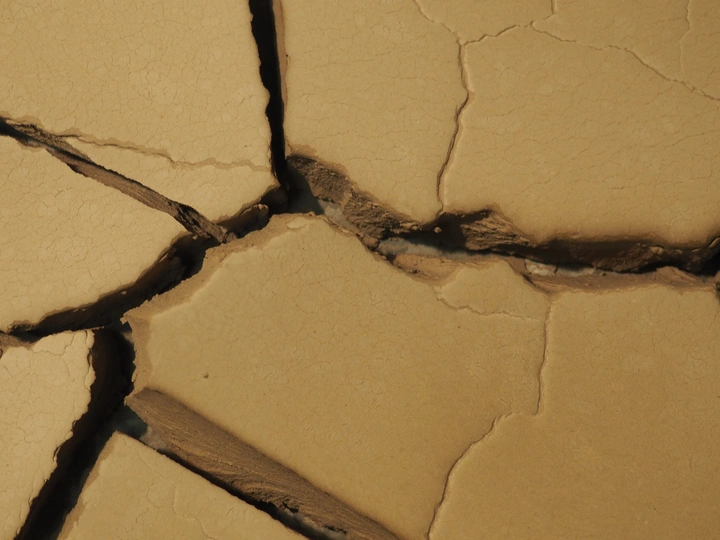Digging earth

I am a Franco-Mexican architect based in Paris. I studied in Paris, Mexico City and Grenoble, where I specialized in Earthen Construction with the Craterre Laboratory. Through my cultural heritage, I developped a strong interest for materiality, specifically earth, a material working for me as remembrance of ancient building techniques, still present in most parts of Mexico. Through my education, I got an interest for architecture as a social and political tool and soon.
Working in architectural NGOs for community design (Apoyo Urbano in El Salvador and Atelier d’Architecture Autogérée in Paris), I then founded my own practice and co-founded a non profit (Capaz). Gradually, I chose to work with eco-construction and participatory processes. Nowadays I work as an independant architect and I am fully committed with earthen construction as a way to reduce the construction sector impact.
I teach eco-materials at the Strate School for Design and Architecture at the Architecture School of Grenoble. I train architects to earthen construction and run awareness-raising workshops. I also analyse soils and run tests to define the most appropriate techniques. Keeping contact with the construction site helps me know better this very complex and unique material. I often work as a craftswoman to build adobes, rammed earth, clay plasters. I am a member of the Earthen Collective from Ile de France.
Achievements :
• Earthen Pavilion for Chaumont-sur-Loire 2020 -
• Research on Community Design in the USA - Delano Aldrich Fellowship 2020
• Bamboo Flush - Phyto-remediated toilets in Vietnam - Published in Festival « Le Off du DD » 2021
• Member of the jury for the Rammed Earth Pavilion - 2023
• Selected for the Entrepreneurs Club of the « Le Roch-Les Mousquetaires Foundation »
• Exhibition for Earthen Construction - Collectif terre Ile-de-France - Paris - October 2023
• Exhibition for Community Design in the USA - Maison de l’Architecture de Grenoble - October 2023
Earth construction techniques are the most ancients of all : adobes, rammed earth, clay plasters, etc. Nowadays, the construction sector is responsable for more 40 % of total carbon emissions, 40 % of energy consumption, 40 % of waste generation. 2/3 of worldwide constructions are made of concrete, and its production generates 9 % of all greenhouse gaz emissions. If taken locally, raw earth allows to reduce carbon emission, energy consummation and waste and is infinitely recycable. Earthen construction offers a wonderful view on what a less consuming and polluting city Paris could be.
Each year, more than twenty million tons of earth are extracted in Île-de-France, to which will be added forty million tons until 2030 to allow the development of the future metropolitan train network and Olympic games. Nowadays, excavated soils are considered as waste and go to landfill sites or waste collection centers. However, only approximately 9 000 tones of excavated soils have been recycled to make buiding materials. Though many architects and builders are aware of this potential and are willing to experiment, they face many obstacles throughout the process.
What obstacles are faced in the context of Paris and its surroundings ?
From extracting the soils, to knowing their caracteristics wich will allow us to chose the appropriate technique, to the building process in a very dense and urban context, the research will interview stakeholders from each step of the process : diggers, stockers, masons, architects.
From this exploratoire phase, a series of articles as the results of interviews with the whole the supply chain from the diggers to the builders will be published. A second hands on phase will follow with some excavated soils that will be analyzed and tested. Some prototypes will be built to help give visibility on the possible techniques with local soils. Building with raw earth could be the beginning of an other paradigma.